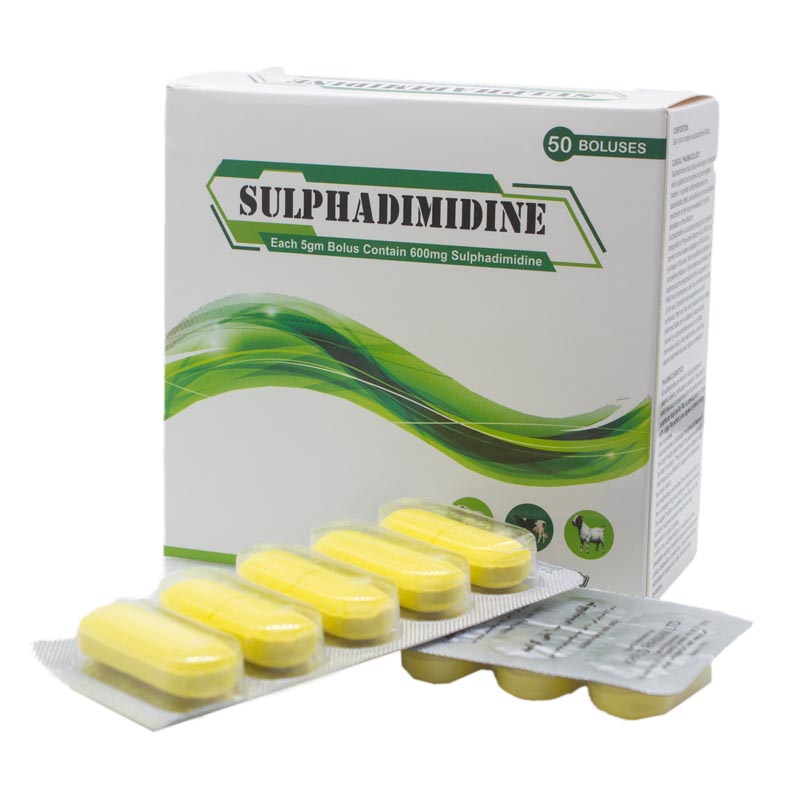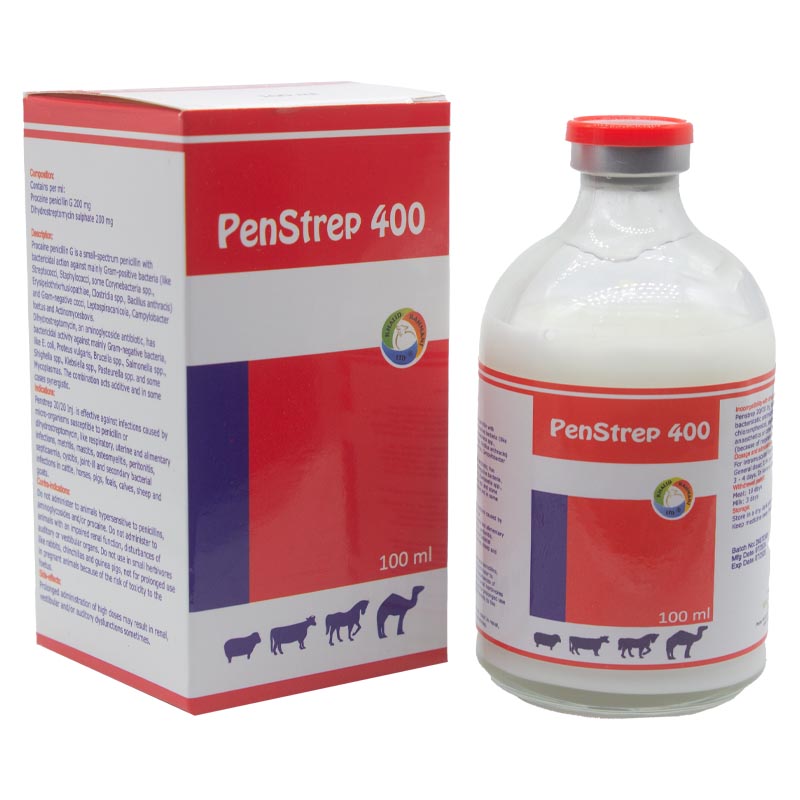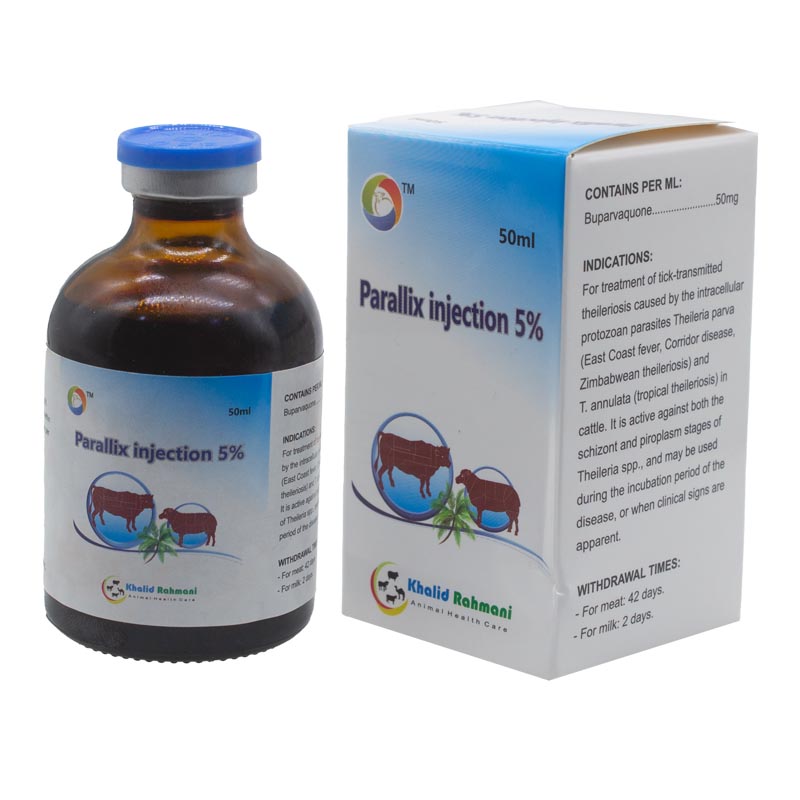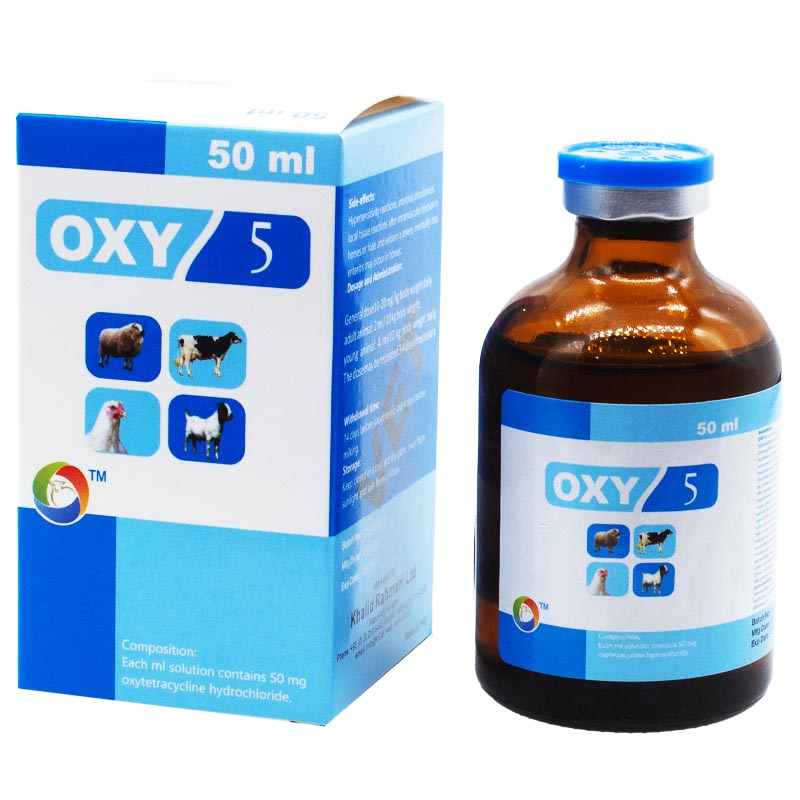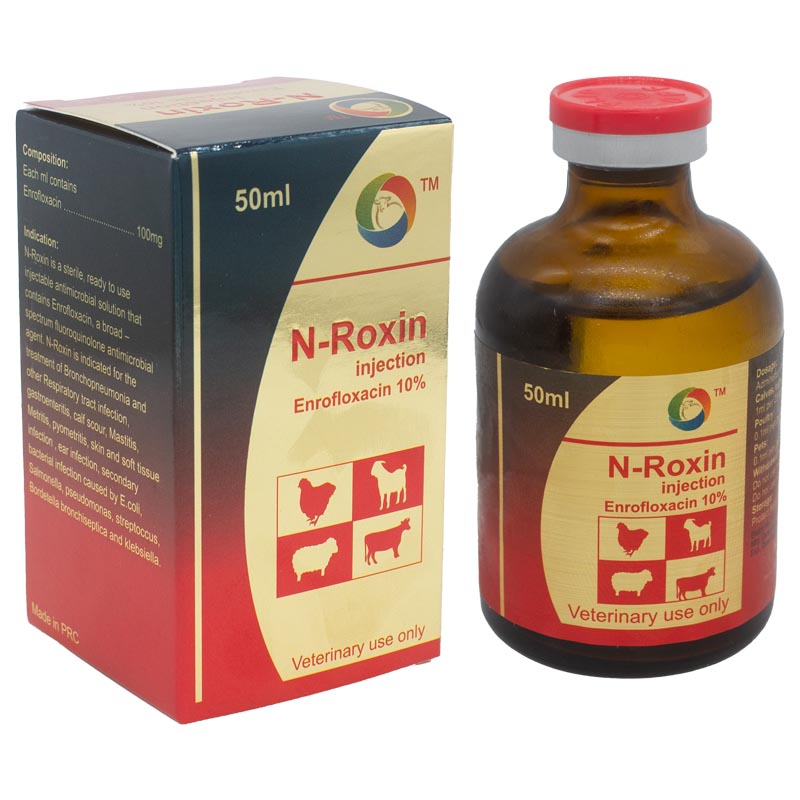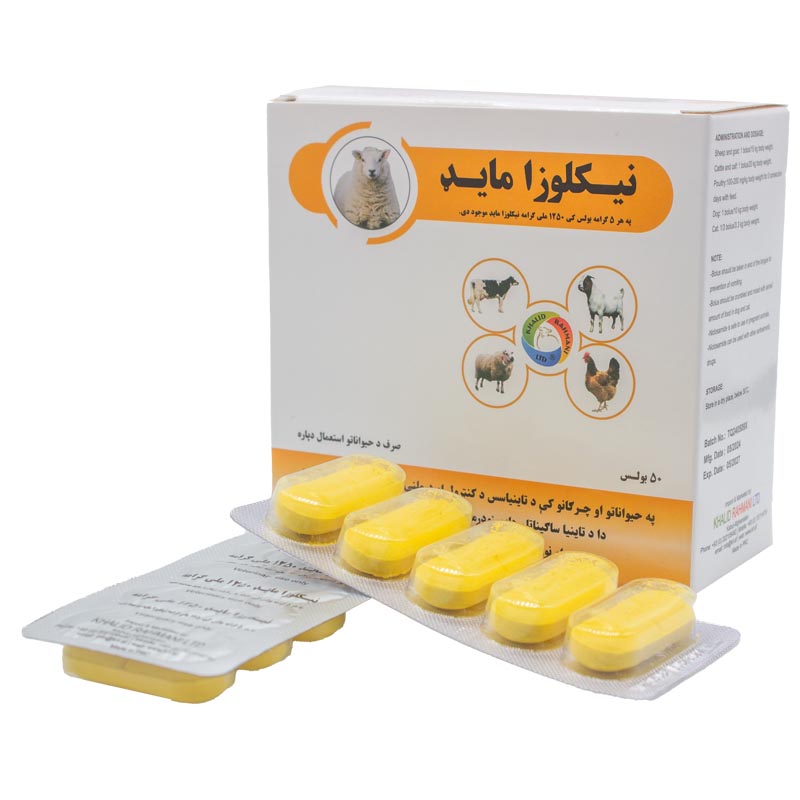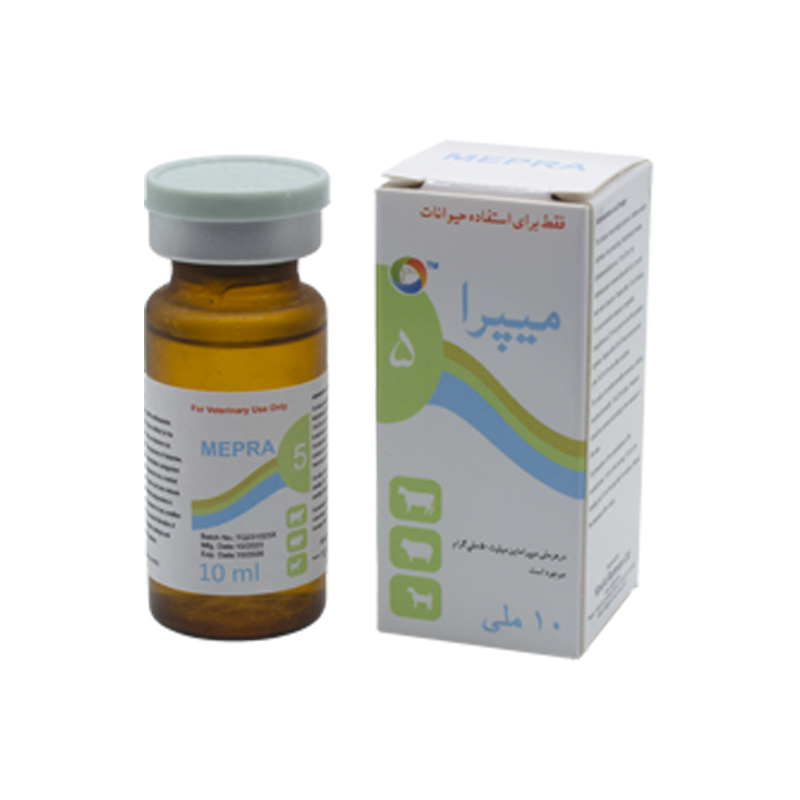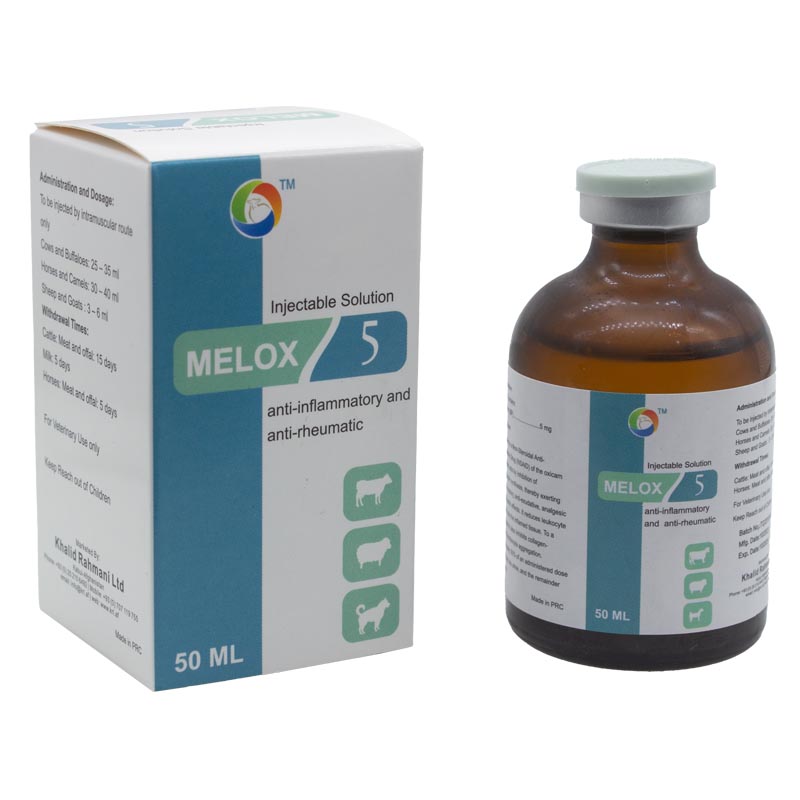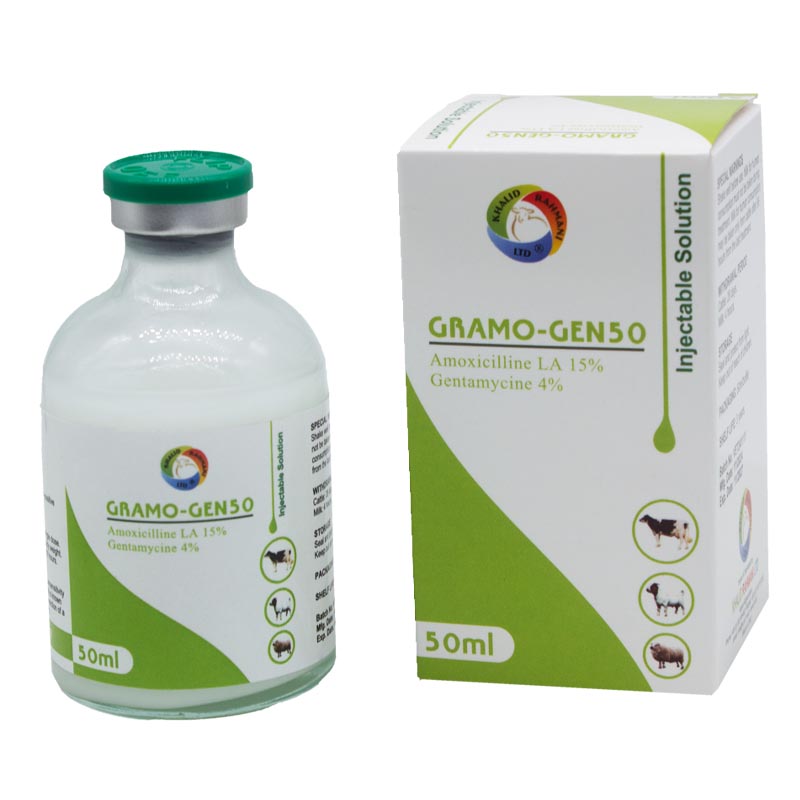Sulphadimidine Bolus
Composition:
Each bolus contains sulphadimidine 600mg.
Clinical Pharmacology:
Sulphadimidine bolus has a wide range of antimicrobial activity against both positive and gram-negative bacteria. In general sulfonamides exert only bacteriostatic effect, and cellular and humoral defense mechanism of the host are essential for the final eradication of the infection.
Sulphadimidine is a structural analog and competitive antagonistic of Para-Amino Benzoic Acid (PABA) thus prevent normal bacteria utilization of PABA for the synthesis of folic acid. More specifically sulfadimidine is competitive inhibitor of dihydropteroate synthetize, the bacteria enzyme responsible for the incorporation of PABA into dihydropteroic acid, the immediate precursor of folic acid. Sensitive micro-organisms are that synthesize, their own folic acid, bacteria that can utilize performed folate are not affected.Bacteriostasis induced by sulphadimidine bolus do not affect mammalian cells by these mechanisms, since they require performed folic acid cannot synthesize it.
Pharmacokinetics:
All sulfonamides are bound in varying degree to plasma proteins, particularly to albumin. The extent to which this occur is determined by the hydrophobicity of a particular drug and its Pka; at physiological pH, drugs with a high Pka exhibit a low degree of protein binding and vice versa.
Sulphadimidine is distributed throughout all tissues of body; readily pass through the placenta and each the fetal circulation. The concentration attained in the fetal tissue are sufficient to cause both antibacterial and toxic effects.
Sulphadimidine is eliminated from the body partly as the unchanged drug and partly as the metabolic products.
The largest fraction is excreted in the urine, and the half-life of sulphadimidine in the body is thus dependent on renal function.
In acid urine, sulphadimidine is insoluble and may precipitate causing crystalline deposits that can cause urinary obstruction (crystalluria). Small amounts are eliminated in feaces and in bile, milk and other secretions.
Indications:
Is used in sulphadimidine-sesitive infections. It’s active against aerobic gram-positive cocci and some rods and many gram-negative rods including Enterobacteriaceae.
Sulphadiidine bolus is also active against Chlamydia, toxoplasma, and Coccidia.
Contraindications:
Renal or hepatic impairment, sulfonamides hypersensitivity, blood dyscrasias.
Side Effects:
Occasional crystalluria (ensure adequate water intake to the sick animal)
Withdrawal Period:
Cattle/calves slaughter 8 days: should not be used in cattle producing milk for human consumption.
Dosage:
Sheep/cattle: Initial dose 2 bolus for 50 kg and second dose 1 bolus for 50 kg for two days.
Presentation:
5 bolus/blister, 10 blisters/box
Storage: Store below 30 C in cool and dry place. Protect from light.
Keep out of reach of children.
